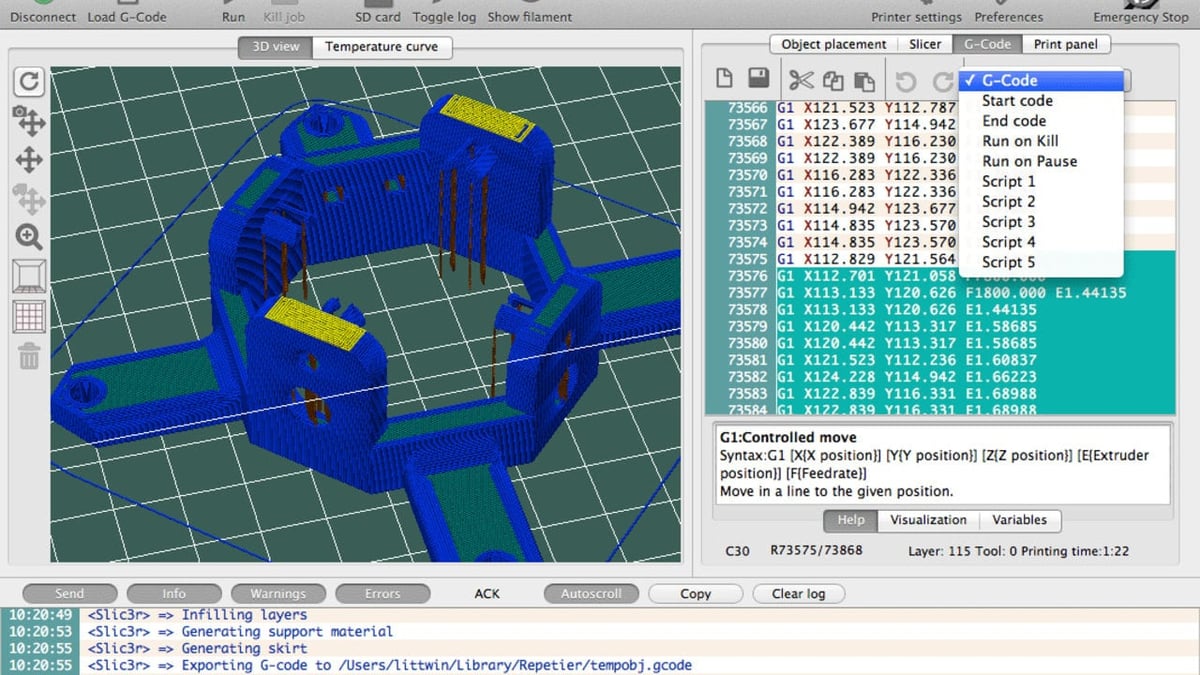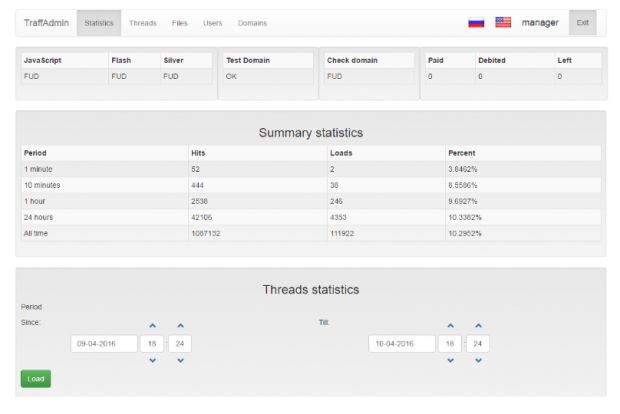

This script will return statistics on a netCDF file. Specifically for histogram and size-distribution data. Post flight viewing of processed aircraft netCDF time-series data files.
#NCPLOT SPLINE SOFTWARE#
Documentation for using this software is contained within the GitHub repository. (Converts but has software compatibilty issues (re other RAF display programs) with its PMS-1D variable-name format.)Ĭonvert RAF GENPRO-I files to netCDF using the RAF conventions. The following statements perform this analysis and produce Figure 90.Convert RAF GENPRO-II files to netCDF using the RAF conventions. The spline is continuous since there is not a separate constant or separate intercept in the formula for the spline for each knot. The spline is a weighted sum of the following:Ī quadratic curve for the portion of x less than 5Ī cubic curve for the portion of x less than 5Ī different line for the portion of x between 5 and 10Ī different quadratic curve for the portion of x between 5 and 10Ī different cubic curve for the portion of x between 5 and 10Ī different line for the portion of x between 10 and 15Ī different quadratic curve for the portion of x between 10 and 15Ī different cubic curve for the portion of x between 10 and 15Īnother line for the portion of x greater than 15Īnother quadratic curve for the portion of x greater than 15Īnother cubic curve for the portion of x greater than 15 In the next step, each knot is repeated three times, so the first, second, and third derivatives are discontinuous at x=5, 10, and 15, but the spline is continuous at the knots. The assignment statements and comments show how you can construct terms that can be used to fit the same model. The output from these previous statements is not displayed. The following statements create the data set, fit a simple linear regression model, and produce Figure 90.19 through Figure 90.20:ĭata b /* A is the data set used by transreg */ While these artificial data are clearly not realistic, their distinct pattern helps illustrate how splines work. Notice too that there is an overall quadratic trend-that is, ignoring the shapes of the individual curves, at first the y values tend to decrease as x increases, then y values tend to increase. (See Figure 90.20.) Notice that the function has four unconnected parts, each of which is a curve. In this section, an artificial data set is created with a variable y that is a discontinuous function of x. See Smith ( 1979) for an excellent introduction to splines. Knots give the curve freedom to bend to more closely follow the data. Splines with few knots are generally smoother than splines with many knots however, increasing the number of knots usually increases the fit of the spline function to the data. Splines with no knots are generally smoother than splines with knots, which are generally smoother than splines with multiple discontinuous derivatives.

The term "spline" is also used for polynomials (splines with no knots) and piecewise polynomials with more than one discontinuous derivative. The abscissa or X-axis values of the join points are called knots. Splines are usually defined as piecewise polynomials of degree with function values and first derivatives that agree at the points where they join. Splines are curves, and they are usually required to be continuous and smooth. This section illustrates some properties of splines.


 0 kommentar(er)
0 kommentar(er)
